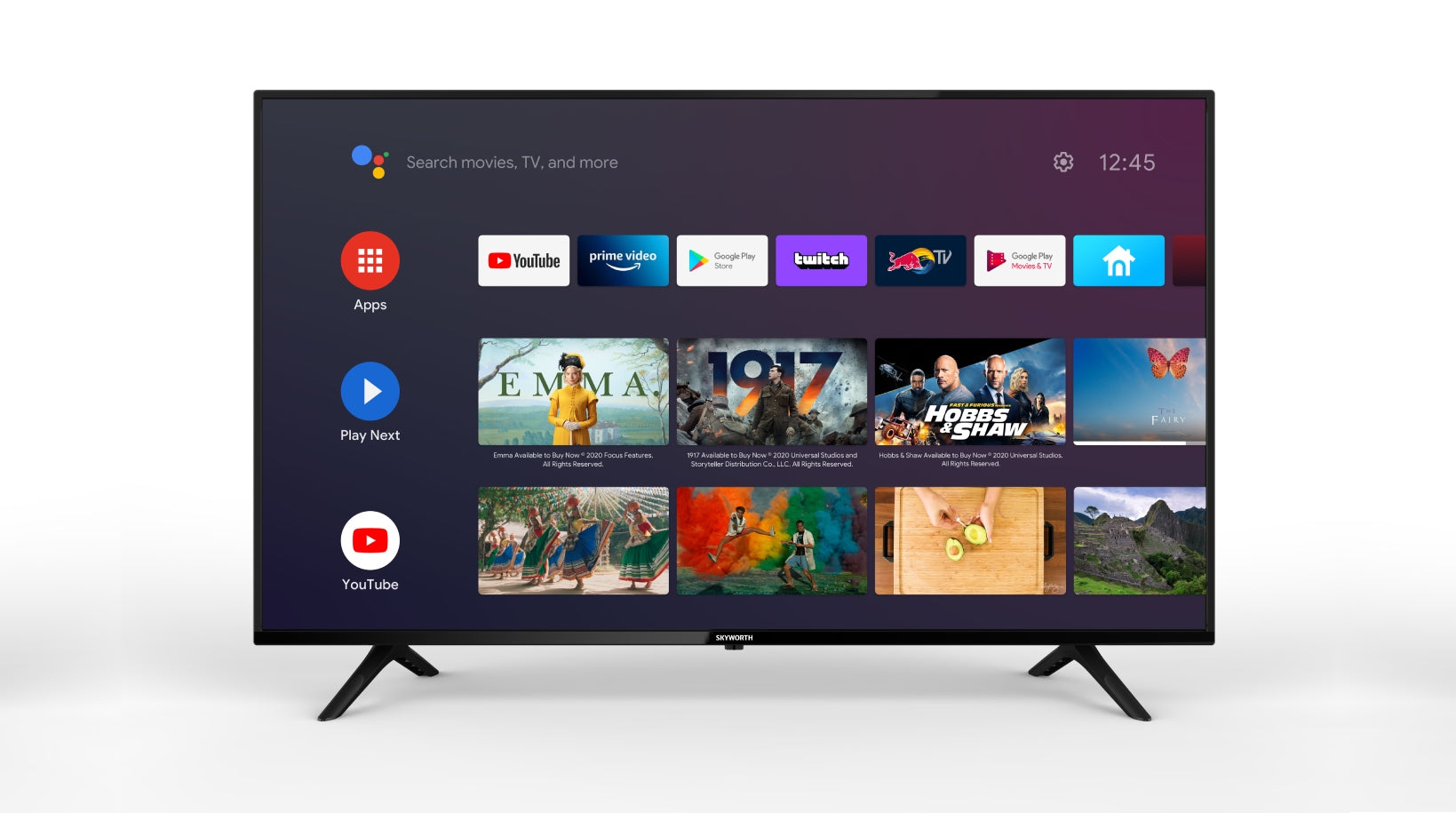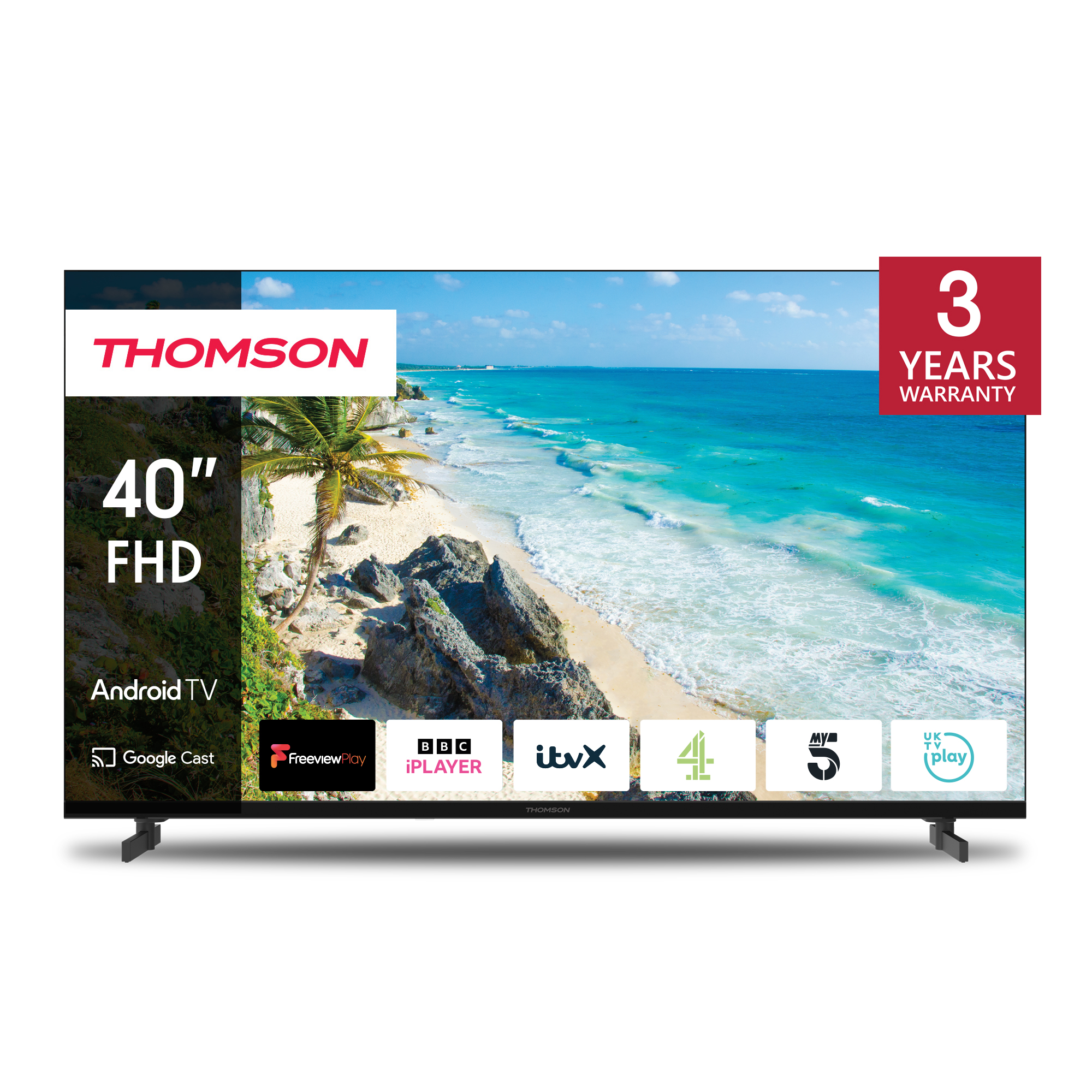Alright, let’s dive into the world of smart TVs running Android! So you’re looking to craft some seriously in-depth articles for your WordPress site, aiming for that sweet Google ranking, huh? And you want to skip the pictures for now and focus purely on the words. Got it. Let’s talk about Android-powered smart TVs.
What’s the Big Deal with Android Smart TVs Anyway?
You know how your phone is probably an Android? Well, imagine that same kind of brainpower, that same open-endedness, now living inside your television. That’s essentially what an Android smart TV brings to the party. It’s not just about watching regular TV channels anymore. These TVs are like entertainment hubs, all thanks to the Android operating system.
Why Android Makes Your TV Smart (Like, Really Smart)

The beauty of Android lies in its flexibility. Unlike some other smart TV platforms that are a bit more walled-off, Android is open. Think of it like this:
Apps Galore: Remember the Google Play Store on your phone? Well, it’s right there on your TV too! This means you can download a massive range of apps. We’re talking Netflix, Hulu, Disney+, YouTube, sure, but also things like games, fitness apps, music streamers like Spotify or Pandora, and even productivity apps if you’re feeling really adventurous. It’s a whole universe of content at your fingertips, without needing to plug in extra boxes or devices.
Diving Deeper: What to Look for in an Android Smart TV
So, you’re thinking about getting an Android TV or just want to know more about them? Here are some things that really matter:

Screen Quality: Just like any TV, the picture quality is paramount. Look at things like resolution (4K is pretty standard now, but 8K is emerging), HDR (High Dynamic Range) support for better contrast and colors, and the type of panel (LED, QLED, OLED – each has its own strengths).
The Android TV Ecosystem: It’s More Than Just the TV
The cool thing about Android TV is that it’s part of a larger ecosystem. If you have an Android phone, a Google Home speaker, or other Google smart devices, they often work seamlessly together with your Android TV. You can cast content easily, use voice commands across devices, and even control your TV through your smart speakers. This interconnectedness can really enhance your smart home experience.
Are There Any Downsides to Android TV?
While Android TV has a lot going for it, it’s not perfect:
Interface Can Sometimes Feel Cluttered: With so many apps and features, the home screen can sometimes feel a bit overwhelming, especially if you don’t customize it.
The Future of Android on Your Big Screen
Android TV is constantly evolving. Google is always working on new features and improvements. We’re seeing more integration with AI and machine learning, even tighter integration with the Google smart home ecosystem, and continued growth in the number of available apps and services. It’s a platform that’s likely to remain a major player in the smart TV world for years to come.
Conclusion: Android Smart TVs – A Powerful and Versatile Choice
So, there you have it. Android smart TVs offer a powerful and versatile way to experience entertainment. With their vast app selection, familiar interface, and tight integration with the Google ecosystem, they provide a smart and connected viewing experience. While there are a few potential downsides, the benefits often outweigh them for many users. If you’re looking for a smart TV that offers a lot of flexibility and a world of content at your fingertips, an Android TV is definitely worth considering.
Frequently Asked Questions (FAQs)
1. Can I use a Bluetooth keyboard and mouse with my Android TV?
Yes, in most cases, you can connect Bluetooth keyboards and mice to your Android TV. This can make navigating menus, typing in search bars, and even playing certain games much easier. You’ll usually find the Bluetooth pairing options in the TV’s settings menu.
2. Do all Android TVs have Google Assistant built-in?
While many Android TVs come with Google Assistant integrated, it’s not a universal feature. Some models might rely on voice control through the remote but not have the full “Hey Google” always-on functionality. Always check the specifications of the TV you’re interested in to confirm if it has built-in Google Assistant.
3. How do I update the software on my Android TV?
Software updates on Android TVs are usually done automatically when the TV is connected to the internet. However, you can also manually check for updates in the settings menu, typically under “System” or “About.” It’s always a good idea to keep your TV’s software up to date for the latest features and security patches.
4. Can I install apps that are not available in the Google Play Store on my Android TV?
While it’s technically possible to sideload apps (install apps from outside the Google Play Store) on Android TV, it’s generally not recommended for the average user. This process can be more complex and carries potential security risks, as these apps haven’t been vetted by Google.
5. Is an Android TV the same as a Google TV?
Not exactly, although they are closely related. Google TV is a newer user interface built on top of the Android TV operating system. Think of it as a more curated and content-focused experience that aggregates content from various streaming services. Many newer smart TVs now come with the Google TV interface, while others still use the standard Android TV interface. Both are powered by the underlying Android operating system.
